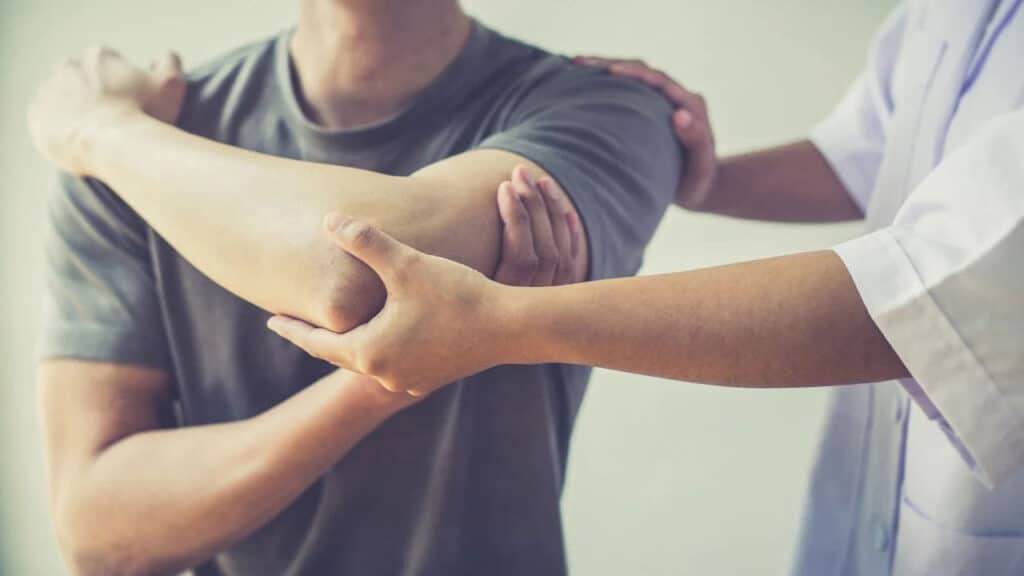If you have a problem with your bones or joints that is so serious that you need medical intervention, you’re likely going to be heading to an orthopedic specialist. This might mean surgery, but it can also involve physical therapy, medication, mobility aids, exercises and complementary therapies such as acupuncture.
Originally, orthopedics focused on children, hence the “peds” in its name. The “ortho” part means straight, because the first orthopedic doctors were trying to straighten the curved spines of scoliosis and the rotated deformity of clubfoot, congenital conditions that are apparent from birth.
Today, orthopedic surgeons still treat scoliosis and clubfeet, along with other congenital conditions. They can also help with fractures, arthritis, carpal tunnel syndrome, tendinitis, ligament tears, bone cancer and various problems with the back, neck, shoulders and other joints, including sports injuries. Some orthopedists have subspecialties, such as the hand, the spine, traumatic injuries, sports injuries, oncology or pediatrics.
As with most forms of medical treatment, adequate diagnosis comes first. X-rays are one of the most common diagnostic tools but won’t show injury to tendons and ligaments. This can lead, for example, to pain being dismissed as arthritis (and therefore untreatable) despite soft tissue damage. Other forms of scans may include ultrasounds or MRIs.
Some of the basic treatments offered by orthopedists include injections, such as corticosteroids, which can alleviate pain and improve maneuverability, as well as the casts, splints and braces used for dislocations and fractures to help force the bone back into the right position.
More complex treatments include joint replacement, such as knee or hip surgery in which the worn and damaged parts of the joint are replaced with a prosthesis. These are tricky procedures that can cause their own problems but may also alleviate pain, making it easier to perform daily activities. Other surgeries include bone grafts and spinal fusion.
New technology has allowed for great improvements in orthopedics. For example, an arthroscope is a very thin camera that causes minimal intrusion as it explores the joint and allows the surgeon to direct their equally tiny instruments when conducting repairs.
Orthopedics is a complicated field that requires lots of education and training, but when done right, it can have a massive impact on a patient’s quality of life. Because most people will have some form of musculoskeletal problem at some point, finding an orthopedist you trust is important.




